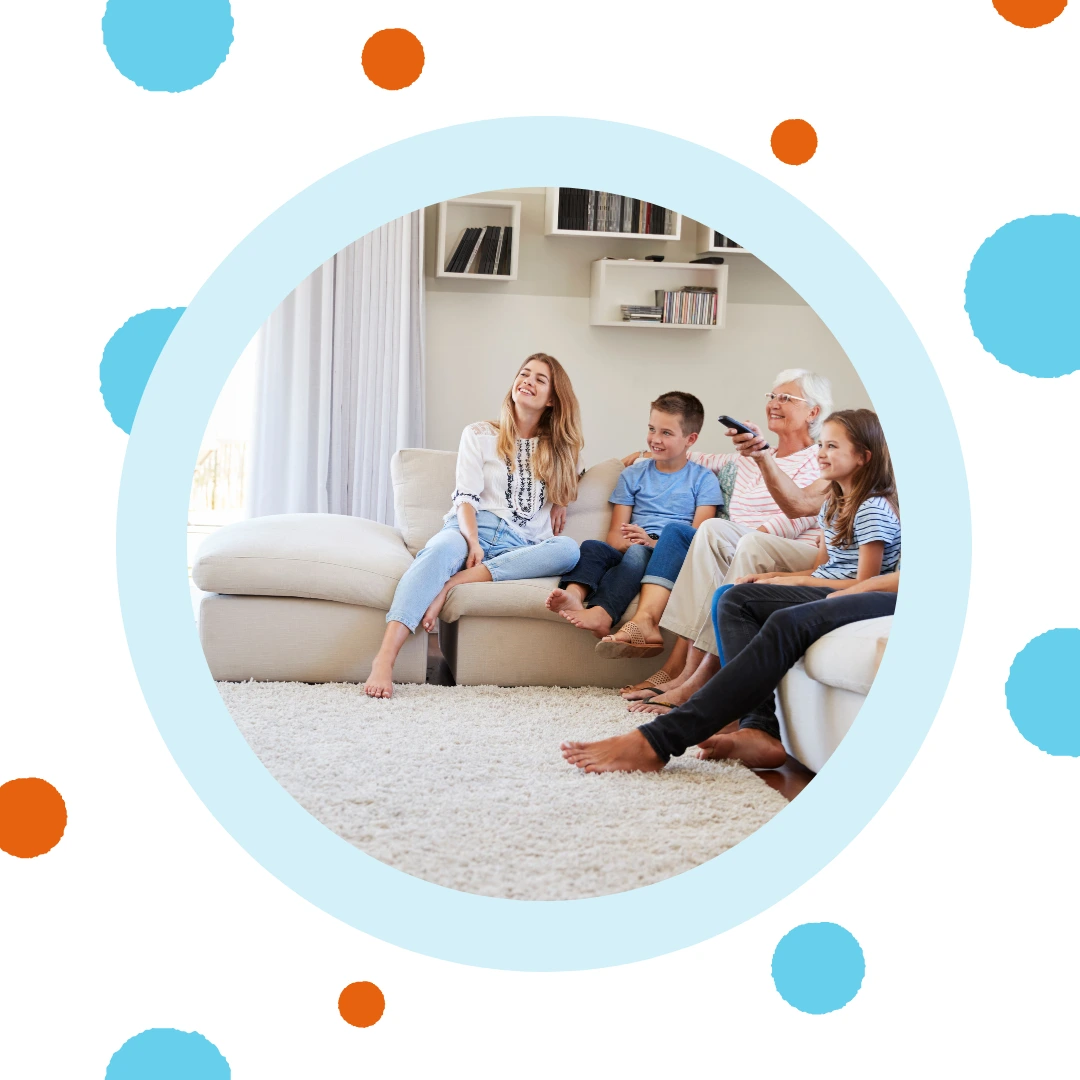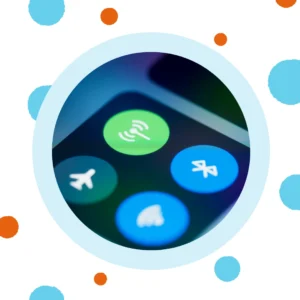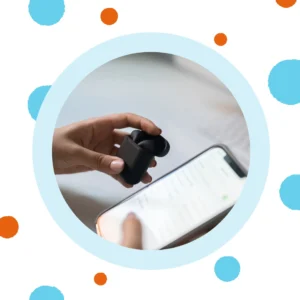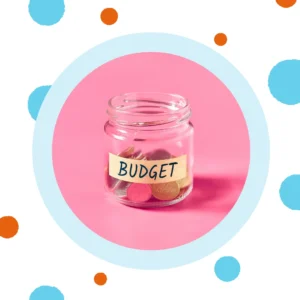
How Do I Get a Hearing Aid?
“WHAT?” You’ve said it so many times your family started a drinking game. The TV volume creeps higher. Your spouse has that look of resigned
Home » Hearing Aids With Bluetooth: Best Connection Tips

Not long ago, hearing aid wearers needed pocket-sized gadgets just to take phone calls. Today, hearing aids with Bluetooth can stream phone calls, music, and even Netflix directly to your ears. That means less “what did they say?” and more enjoying life.
At Injoy Hearing, you’ll find the same hearing aids, thousands less than retail. Add our remote programming and 45-day trial, and suddenly Bluetooth feels like magic with a warranty.
But even magic needs instructions. This guide shows you how to pair, troubleshoot, accessorize, and know when it’s time to call in the pros.
Table of Contents
ToggleBluetooth was built for big headphones, not tiny ear devices. Standard Bluetooth drains too much power. That’s why hearing aids use special versions:
Think of classic Bluetooth as the gas-guzzler, LE Audio as the electric car, and Auracast as the public bus.
For a deeper dive into technology, see Injoy’s guide on innovations in Bluetooth hearing aids.

Before you can enjoy streaming, you need to connect. This chart lays out the process.
| Step | Action | Pro Tip |
| 1 | Place hearing aids in charger | Keeps them ready for pairing mode |
| 2 | Turn Bluetooth on in phone settings | Skip this and nothing connects |
| 3 | Remove aids from charger | You have 90 seconds to connect |
| 4 | Select your aids from device list | Look for the model name |
| 5 | Open manufacturer’s app | Unlocks full features |
| 6 | If it fails, restart devices | Patience wins here |
Why it matters: These steps are universal. Mastering them sets you up for smooth streaming on both iOS and Android.
Pairing isn’t the only hurdle. First-time wearers often feel overwhelmed by features. Here’s a cheat sheet to make the transition easier.
Takeaway: Treat Bluetooth like learning to ride a bike. Wobbles happen, but with practice, the ride becomes second nature.
Apple’s Made for iPhone program makes pairing smoother than your morning coffee.
Steps for iOS pairing:
For official guidance, see Apple’s instructions for hearing aid pairing.
Now that Apple fans are covered, let’s move to Android and see how the pairing dance works there.

Android phones vary, but the pairing steps follow the same rhythm.
Steps for Android pairing:
Google offers a detailed guide to Android Bluetooth pairing.
With both iOS and Android mapped out, let’s compare them side by side.
Pairing looks different depending on your phone. Here’s how the two compare.
| Feature | iOS (MFi) | Android (ASHA) |
| Direct streaming | Yes, no extras needed | Yes, but phone compatibility varies |
| Setup location | Accessibility > Hearing Devices | Settings > Connected Devices |
| Pairing requests | One per aid | One per aid |
| Streaming stability | High with iPhones | Good on newer Androids |
| App needed? | Optional but useful | Often required |
Why it matters: Knowing the differences saves you time and frustration when setting up.
Even tech lovers hit snags. Thankfully, every manufacturer has a hotline.
| Brand | Support Phone | Online Help |
| Oticon | 855-400-9766 | Oticon Bluetooth support |
| Phonak | 800-679-4871 | Phonak Bluetooth help |
| Signia | 800-350-6093 | Signia Pairing Center |
| Starkey | 888-481-5512 | Starkey Support |
| Widex | 844-497-8844 | Widex Support |
Why it matters: These lifelines save hours of frustration, especially if troubleshooting alone isn’t cutting it.
Bluetooth is brilliant until it acts moody. These are the most common issues and fixes.
To make things even clearer, here’s a troubleshooting chart.
| Problem | Likely Fix | Why It Works |
| One-ear streaming | Restart aid | Refreshes wireless link |
| No sound | Forget and re-pair | Clears corrupted connection |
| App errors | Update app | Removes bugs |
| Choppy audio | Move away from router | Reduces interference |
Why it matters: Most problems vanish with these simple steps, no toolbox required.
Pairing is step one. Apps transform your phone into a command center.
Features most apps include:
Each brand has its own app. If you’re comparing options, see Injoy’s Oticon Real vs. ReSound Nexia breakdown for ecosystem details. Apps are powerful, but accessories take Bluetooth hearing aids to the next level.
Think of accessories as the sidekicks that make your hearing aids superheroes.
Accessories may cost extra, but they unlock convenience you’ll wonder how you lived without.
Bluetooth goes beyond your phonebook. Here’s where it shines in daily life.
Takeaway: Streaming isn’t a luxury anymore. It’s a lifestyle upgrade.
For active users, see Injoy’s guide to the best Bluetooth hearing aids for active lifestyles.
One big fear? That streaming drains batteries. Here’s the truth.
Streaming and Battery Life
| Use Case | Average Battery Impact | Notes |
| Normal listening | Standard drain | Full-day use expected |
| Phone calls | Moderate increase | Still manageable |
| Music streaming | Higher use | May shorten by a few hours |
| All-day TV | Significant | Rechargeables recommended |
Why it matters: Don’t fear Bluetooth. Plan for it, and your aids will keep up.
If Bluetooth feels flaky, outdated software may be guilty.
Takeaway: Updates may be boring, but they keep your aids from acting like grumpy teenagers.
| Must-Do | Why It Matters |
| Stay within 30 feet | Bluetooth has range limits |
| Charge devices | Low battery weakens connections |
| Limit other connections | Fewer devices = stronger link |
| Restart devices | Clears glitches |
| Clean aids | Dirt affects performance |
Why it matters: Following these basics creates a foundation for reliable Bluetooth use.
Not every Bluetooth hearing aid delivers the same experience. Some excel in stability, others in features.
Explore Injoy’s comparisons:
But even the best model won’t help if you’re still stuck. That’s when it’s time for help.
DIY fixes only go so far. Here’s when to stop tinkering and call in the experts.
Takeaway: Don’t let frustration ruin the experience. Contact Injoy Hearing and enjoy personalized support from licensed providers.
Can Bluetooth help me watch TV?
Yes, with or without an adapter depending on your model.
Does streaming drain batteries faster?
Yes, but modern designs minimize the impact.
Can Bluetooth improve conversations?
Yes, remote mics stream speech clearly even in noisy places.
How do I connect to my smartphone?
Turn on Bluetooth, select your aids, and follow app prompts.
What if my aids don’t have Bluetooth?
You can use a streamer device as a middleman.
Bluetooth transformed hearing aids from amplifiers into lifestyle devices. With pairing tips, troubleshooting tricks, and accessories, you’ll spend less time fiddling and more time listening.
And the best part? You don’t need to pay retail for this tech. At Injoy Hearing, you’ll get the same hearing aids, thousands less, complete with remote programming and a 45-day trial.
Contact Injoy Hearing today to start streaming life’s soundtrack directly into your ears.

“WHAT?” You’ve said it so many times your family started a drinking game. The TV volume creeps higher. Your spouse has that look of resigned

If a noisy restaurant feels like a boss fight, you’re not alone. The real showdown is Signia Pure Charge&Go IX vs Phonak Sphere Infinio. One

If you’ve ever cranked up the TV until the dog gave you side‑eye, you’ve probably Googled cheap hearing aids. The price tags look friendly. The

If choosing a hearing aid brand feels like speed-dating for your ears, you’re not alone. Every company claims to have the clearest sound, smartest AI,
Injoy specializes in crafting custom Phonak hearing aid solutions tailored to the unique hearing needs of our patients. With a team recognized as the best in the business and decades of experience in helping people nationwide, we’re dedicated to improving your hearing and, consequently, enhancing your quality of life.
To start your journey towards better hearing with confidence, Injoy is proud to offer a 30-day risk-free hearing aid trial. This allows you to experience the difference our Phonak hearing aids can make, ensuring they meet your expectations and fit your lifestyle perfectly.
Improve your hearing and improve your life today by contacting Injoy to learn more! Call (844) 914-3331.

Need hearing aids? Explore our range of hearing aids and discover the best option for your lifestyle and Unique Hearing Needs.
Are you a current patient with us? We're here to help with any adjustments, repairs, or support you may need.